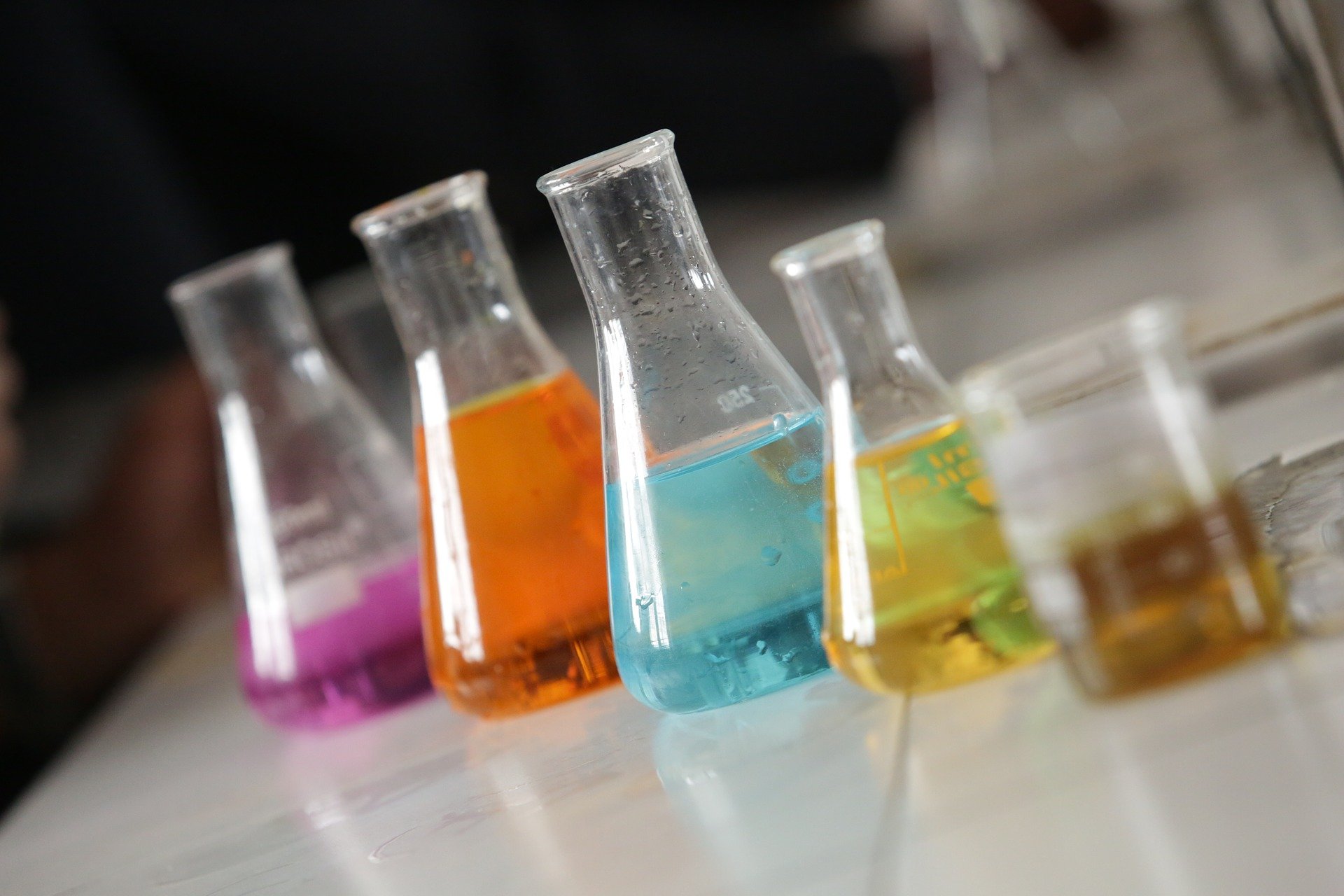Modified Limit Tests for Chlorides and Sulphates: Normally a sample substance is weighed in a specified amount and dissolved in distilled water and the volume is made up to the 50 ml mark in a Nessler cylinder for the limit tests for chlorides and sulfates. However, the nature of the sample varies depending upon its physicochemical characteristics. Thus, few modifications are suggested in the limit tests of such samples.
Modified Limit Tests for Chlorides and Sulphates
1. Alkaline nature of sample:
To be dissolved in dilute acid (HNO3 or HCI, respectively) instead of distilled water.
2. Water-insoluble samples:
(e.g., light kaolin, magnesium trisilicate, etc.) are generally boiled with the corresponding acid and distilled water (to get extracted) and filtered (as insoluble matter modifies the opalescence). The filtrate is used for the test.
3. Samples that react with nitric acid (for the limit test of chloride):
Samples like MgO, MgCO3, Ca(OH)2, etc., are to be dissolved in acetic acid for making a sample solution.
4. In the case of metallic salts of organic acids (e.g., sodium benzoate, sodium salicylate, etc.):
The free acid gets liberated on shaking with the mineral acid prescribed in the limit test. The filtrate is employed for the limit test.
5. Samples which are reducing agents (e.g., hypo-phosphorous acid):
Such samples can react with silver nitrate reagent in the test for chlorides and therefore should be pre-oxidized by boiling with nitric acid before carrying the limit test.
6. Colored samples :
Samples like KMnO4 are pre-reduced by boiling with alcohol before the test; while other colored substances like crystal violet, malachite green are carbonized to ash before the test and the ash is extracted with distilled water, filtered and the filtrate is used as the sample.
Make sure you also check our other amazing Article on : Limit Test for Arsenic
